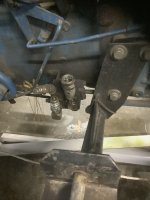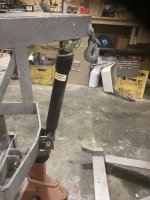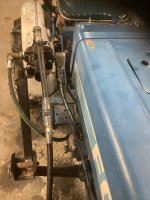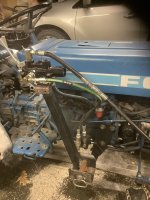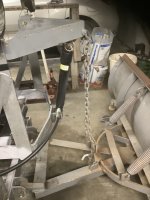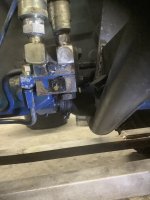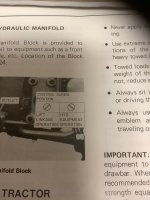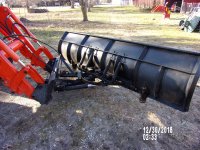tree grower
Silver Member
- Joined
- Dec 29, 2007
- Messages
- 210
- Location
- Cuttingsville, VT
- Tractor
- Ford 1210, Bobcat 742B, John Deere 1050
Just discovered that the configuration of my short driveway is difficult to plow with the FEL on my little Ford 1210. Just bought the blade and frame of a plow that came off a Ferg TO30. The frame can be modified easy enough to fit the tractor, but the hydraulics are simpler than anything I have previously encountered. I have never had a piston that wasn't two-way, and I need to know what to buy for a hydraulic valve. I am thinking single-acting, one spool, open center, ~20 gpm, no detent. I assume plumbing is just one line from manifold, one line return to manifold, and one line to cylinder--pressure out, gravity back. Web search shows these from $50 to $770, and are often called a directional control valve. What is the significance of 'directional control' ? So....what should I buy?
